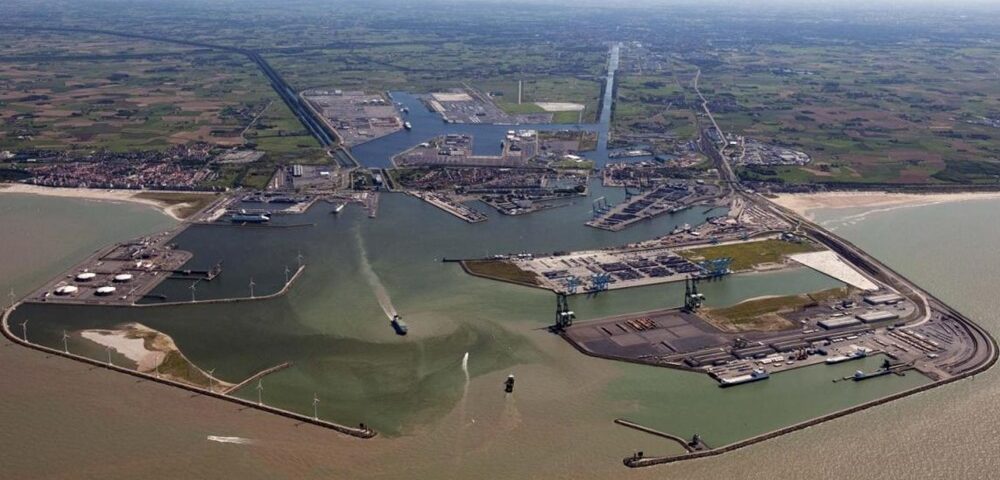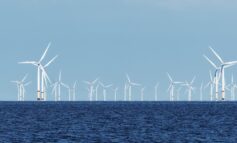By Peter de Langen
In May 2016 a lease agreement was signed between Feadship, a leading builder of mega-yachts, and Port of Amsterdam (PoA). Yet, Amsterdam’s vision document, officially launched a year earlier in June 2015 did not mention mega-yachts as a potentially relevant market segment.
The lease agreement was interesting as the activity does not generate substantial cargo volumes and thus is not well aligned with PoA’s traditional business model in which revenues from ships have a central place.
This example demonstrates the relevance of Mintzberg’s classical distinction between emergent and deliberate strategy. Mintzberg and various scholars afterwards have argued convincingly that generally a portion of a firm’s intended strategy will not come to fruition, while on the other hand some of the ‘realised strategy’ will not derive from intentions as stated in a vision or strategy document and will instead emerge through projects.
The agreement with Feadship is an example of emergent strategy. The market segment was not actively targeted but once an opportunity presented itself, PoA decided to grasp it, even though it did not align well with its traditional business model.
In my view, this is one example in a wider transition of port complexes, in which the cargo handling activities are gradually diminishing in importance, while logistics, manufacturing and tourism and real estate-related activities are gaining in importance. I would not be surprised if 10 years from now Feadship is no longer a single client but has evolved into a cluster in which suppliers are closely integrated, and with substantial value creation for Feadship, as well as for PoA and the regional economy at large.
A similar example of an emergent strategy that was eventually embraced in the deliberate strategy comes from Groningen Seaports. It made an agreement for the establishment of a Google datacenter in the port area, even though it had never included datacenters in its formal strategy and vision documents. Now, Groningen seaports embraces datacenters as a promising market segment and promotes a part of the port area as Green Dataport Eemshaven.
All of this leads to the question: are other port authorities still offering up a lukewarm reaction to potential tenants and/or activities that do not generate substantial cargo volumes? If so, would they be better advised to shift away from relying on their deliberate strategies and towards embracing strategy as an emergent process?
First published @PortStrategy













